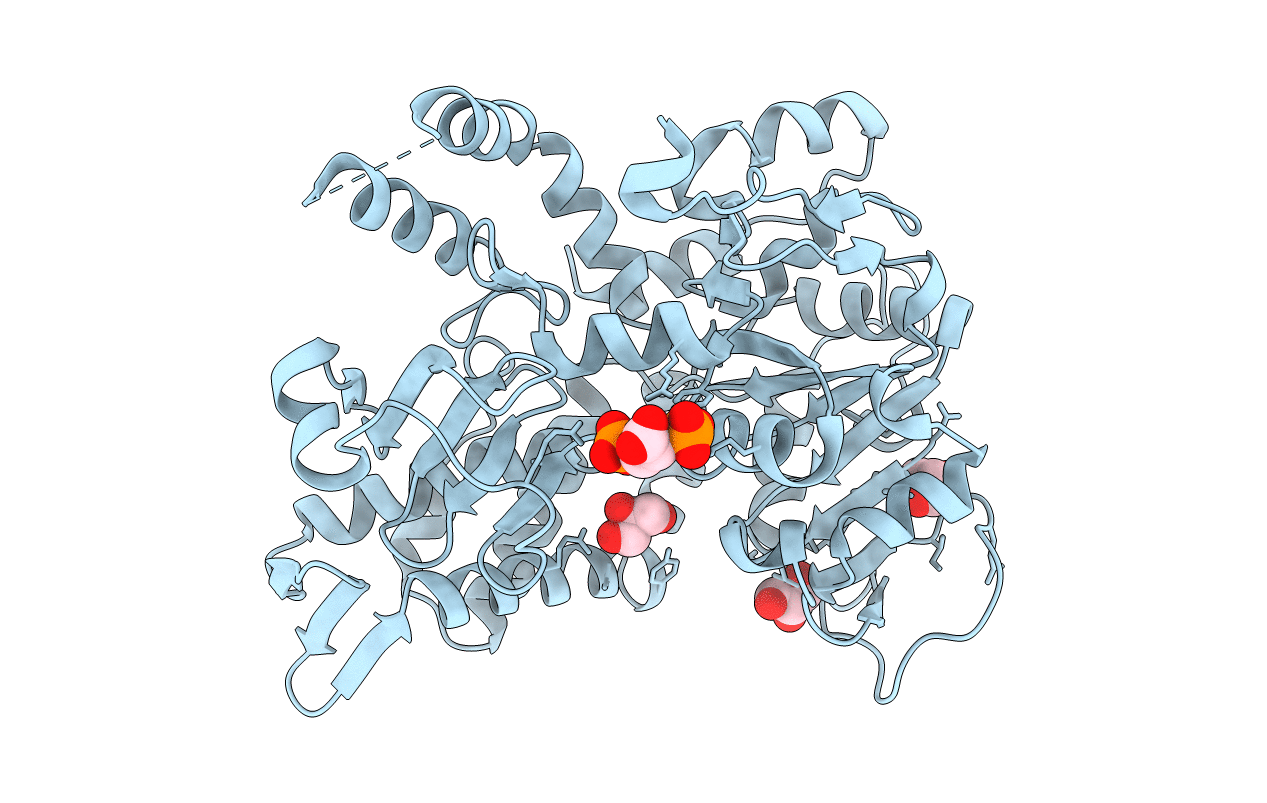
Deposition Date
2010-07-04
Release Date
2011-03-16
Last Version Date
2024-10-23
Entry Detail
PDB ID:
2XJF
Keywords:
Title:
Crystal structure of the D52N variant of cytosolic 5'-nucleotidase II with a covalently modified Asn52
Biological Source:
Source Organism:
HOMO SAPIENS (Taxon ID: 9606)
Host Organism:
Method Details:
Experimental Method:
Resolution:
2.10 Å
R-Value Free:
0.22
R-Value Work:
0.17
R-Value Observed:
0.18
Space Group:
I 2 2 2


